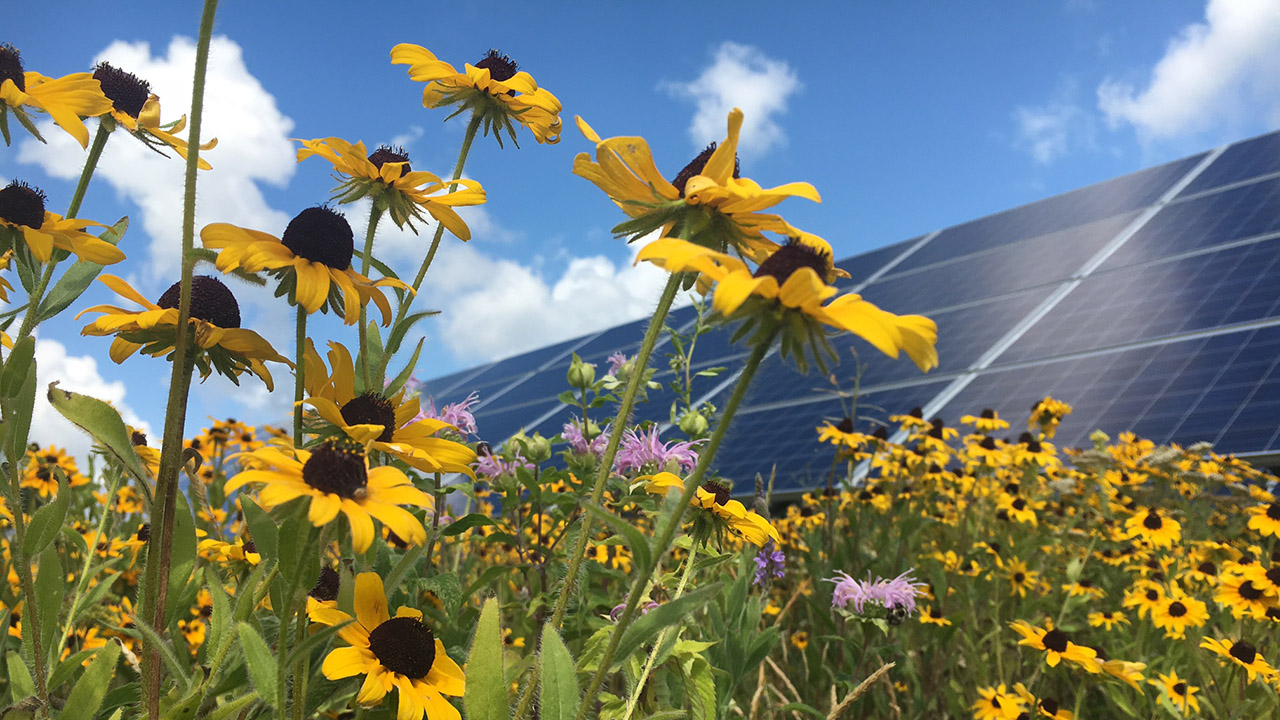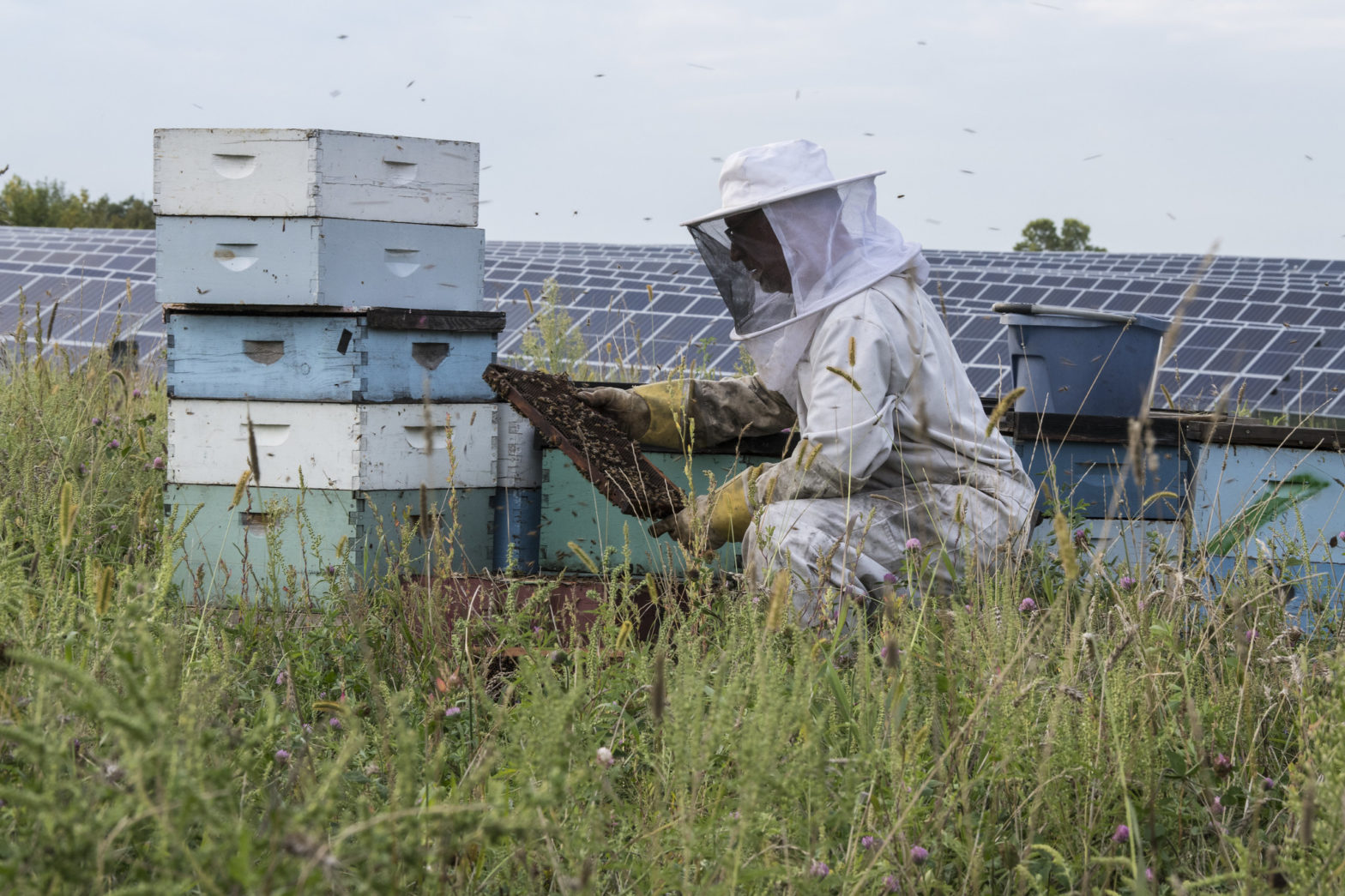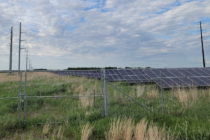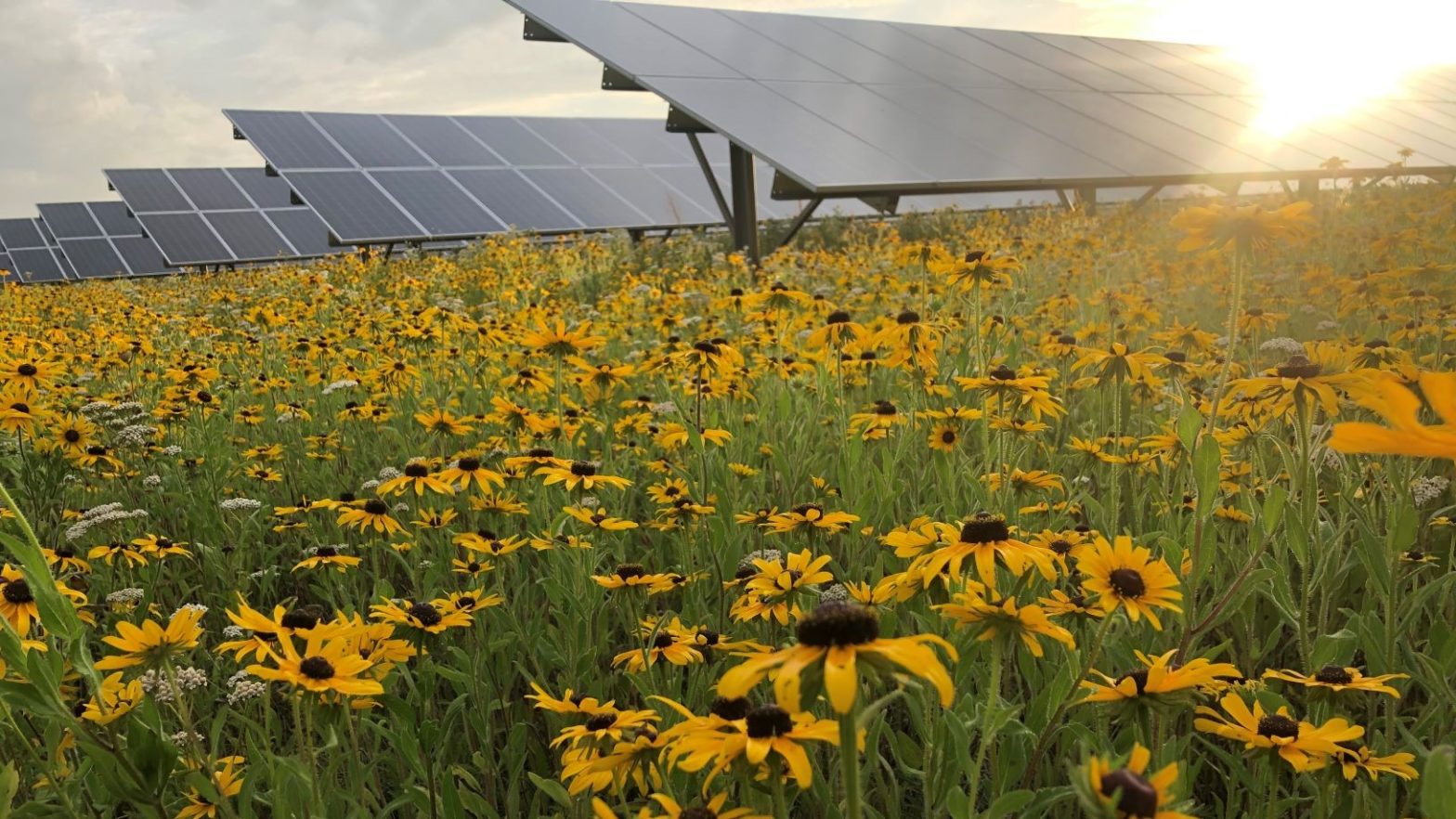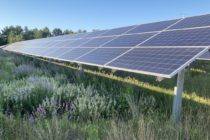The PV-SMaRT project is helping protect or even improve local water quality and habitat at solar farms across the U.S.
solar energy
Global buzz for solar with pollinators and beekeeping
Dual-use solar is buzzing across the globe. Thanks to the education and outreach work of groups around the world—including the Center for Pollinators in Energy at Fresh Energy—global energy companies are actively moving forward with plans to combine solar energy with additional land uses and community benefits.
Case Study: NextEra Energy’s Marshall Solar Array on Prime Farmland
Constructed in 2016, the 62 MW Marshall Solar Energy Project is located on 355 acres of agricultural land in Lyon County, three miles east of Marshall, Minnesota. Partly in response to several visual renderings of the project showing acres of closely mowed suburban-style turfgrass, the proposed project received little support and drew active pushback from residents who were concerned about the loss of prime farmland and how it could affect their property values.
600 acres and 100 MW of pollinator-friendly solar
In 2015, ENGIE Distributed Solar launched a program to provide enhanced ecosystem service benefits from the ground cover under and around its solar arrays on arable soils. Today, the company has installed over 100 MW of pollinator-friendly solar projects, spanning over 600 acres across half a dozen states.
Case Study: 907 acres of pollinator-friendly solar
Enel Green Power’s Aurora Solar project is one of the state’s first large-scale solar developments, having beat out gas on price when the project was approved in 2014. Completed in 2017, the project consists of 16 pollinator-friendly sites spread across central and southern Minnesota. The locations utilize a variety of stewardship practices, including flowering ground cover for bees and birds, low-growing grass meadows, sheep grazing, and adjacent honey bee hives.
Data Dive: New numbers show Minnesota’s carbon-free progress
There’s a lot going on behind the scenes when we flip the light switch, turn on the tv, or plug in an electric vehicle for at-home charging. Whatever its source, energy must be harnessed or collected, then transported, before it can be used to power our homes and businesses.

